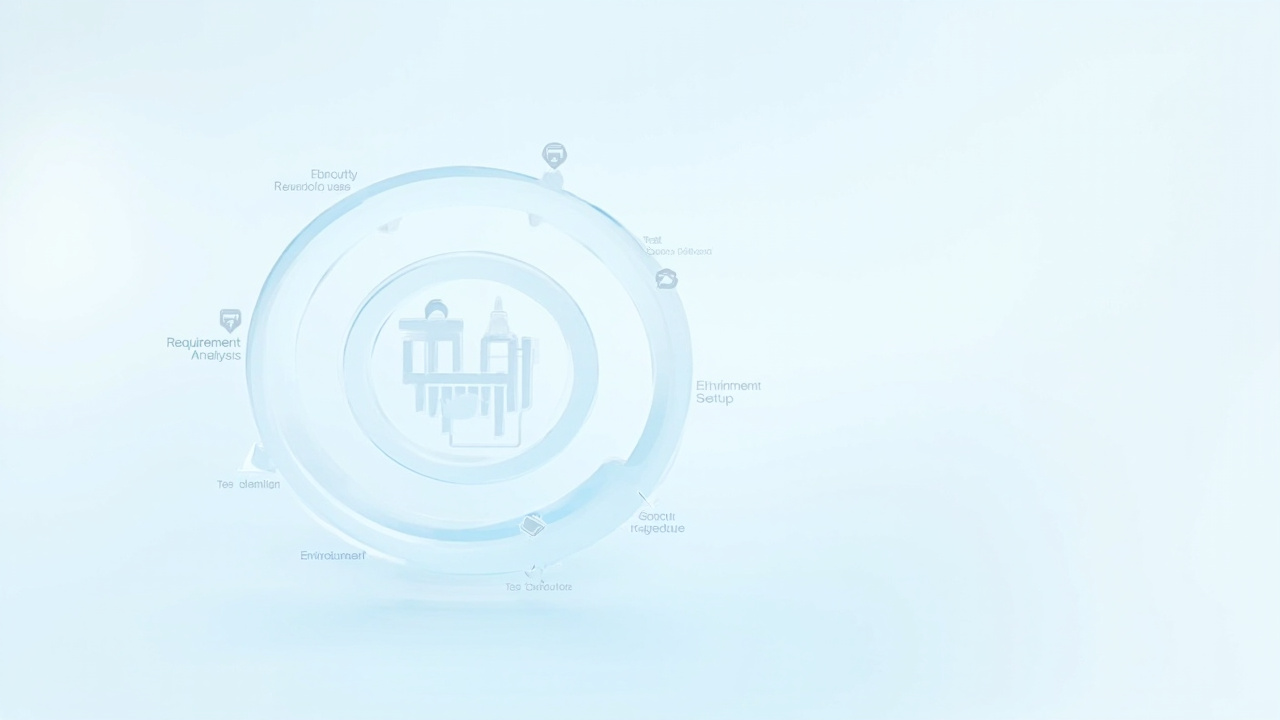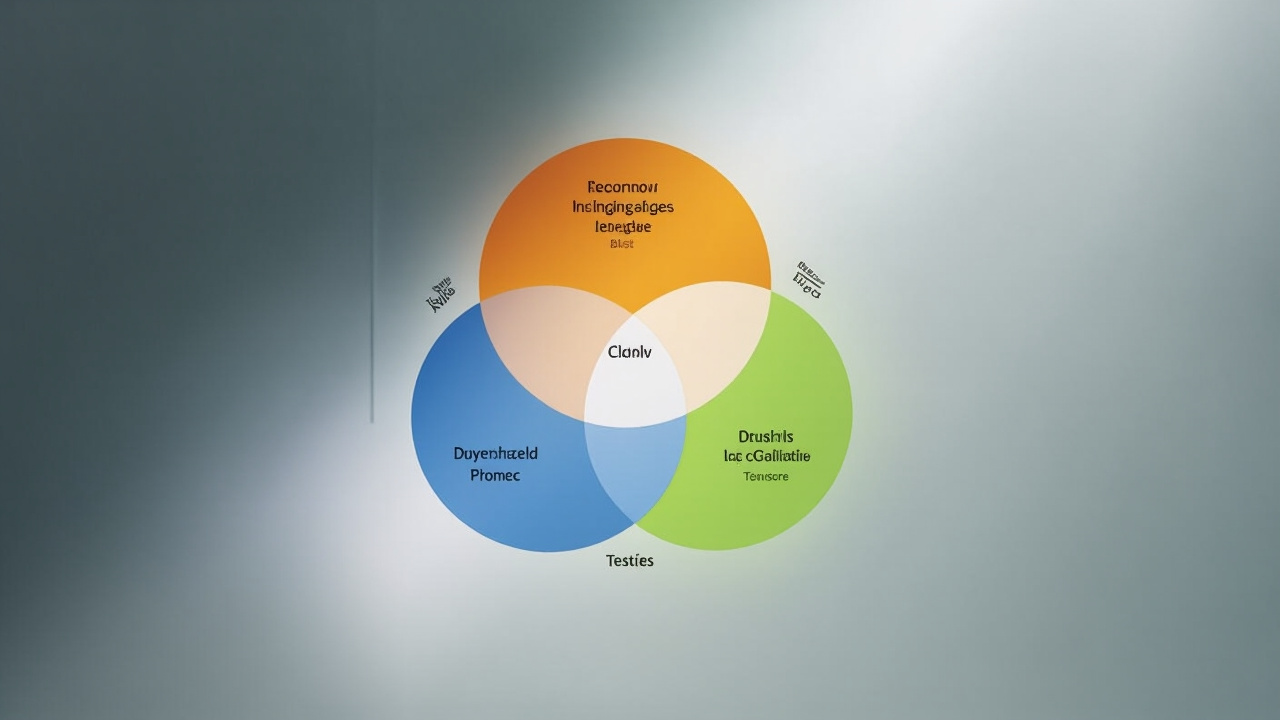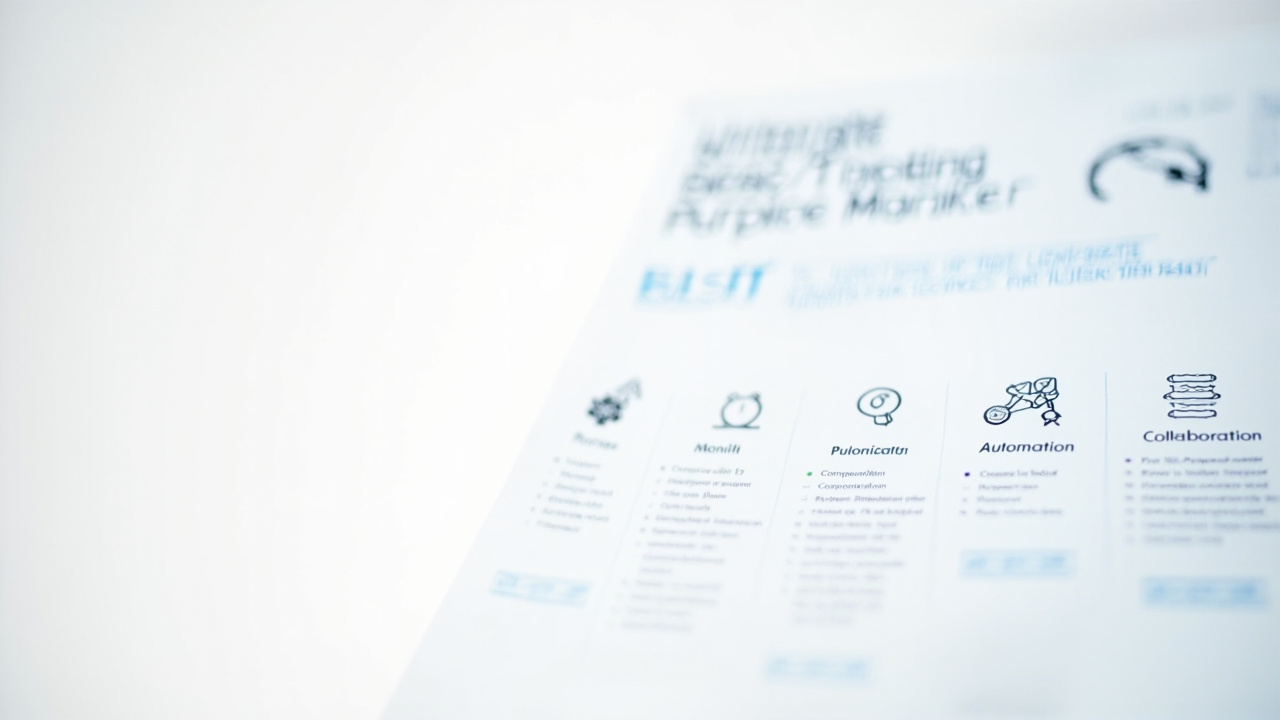In the fast-paced world of software development, quality and reliability are not just desirable attributes; they are essential components of a successful product. As users become increasingly discerning and the market more competitive, software testing emerges as a critical practice that developers and businesses cannot afford to overlook. But what exactly is software testing, and why is it so crucial?
In this comprehensive guide, we’ll explore the multifaceted world of software testing, diving deep into its methodologies, tools, and best practices. We’ll uncover the common pain points faced by developers and testers alike, such as time constraints, resource limitations, and the ever-evolving nature of software requirements. But more importantly, we’ll provide you with actionable insights and strategies to overcome these challenges, ensuring that your software not only meets but exceeds user expectations.
Whether you’re a seasoned developer, a budding tester, or someone intrigued by the inner workings of software quality assurance, this guide will equip you with the knowledge and tools needed to navigate the complexities of software testing. So, let’s embark on this journey to discover how effective testing can transform your software from merely functional to truly exceptional.
Understanding Software Testing: A Foundation for Quality

Software testing is the process of evaluating and verifying that a software product or application does what it is supposed to do. The benefits of testing include preventing bugs, reducing development costs, and improving performance. But what does this process entail, and why is it indispensable?
The Core Objectives of Software Testing
At its core, software testing aims to identify defects, ensure compliance with specified requirements, and assess the software’s overall quality. By catching errors early, testing helps prevent costly fixes down the line and enhances user satisfaction.
“Testing is not just about finding bugs; it’s about building confidence in the software.”
Types of Software Testing
Software testing can be broadly categorized into two types: manual testing and automated testing. Manual testing involves human testers manually executing test cases without the help of any automation tools. It’s ideal for exploratory, usability, and ad-hoc testing. On the other hand, automated testing uses specialized tools to execute tests automatically, making it suitable for regression, load, and performance testing.
The Testing Lifecycle
The software testing lifecycle is a sequence of specific activities conducted during the testing process to ensure that software quality goals are met. These stages include
- Requirement Analysis: Understanding the requirements to identify testable elements. Test Planning: Outlining the strategy and scope of testing activities. Test Case Development: Writing test cases and scripts for execution. Environment Setup: Preparing the hardware and software needed for testing. Test Execution: Running the tests and logging defects. Test Cycle Closure: Evaluating test cycle completion criteria based on test coverage, quality, cost, time, critical business objectives, etc.
Manual vs. Automated Testing: Choosing the Right Approach

When it comes to software testing, one of the most critical decisions is choosing between manual and automated testing. Each approach has its advantages and limitations, and understanding these can help you make informed decisions about your testing strategy.
The Case for Manual Testing
Manual testing is invaluable for its flexibility and human insight. Testers can apply their intuition and creativity to explore the software in ways that automated scripts cannot. This makes manual testing ideal for user interface testing, usability testing, and scenarios where ad-hoc feedback is crucial.
However, manual testing can be time-consuming and prone to human error, especially for repetitive tasks. It requires significant human resources and can become challenging to scale as the software grows.
The Power of Automated Testing
Automated testing shines in scenarios that demand precision, speed, and repeatability. By using tools like Selenium, JUnit, or TestComplete, testers can execute large volumes of test cases with minimal human intervention. This is particularly beneficial for regression testing, where previously tested software is re-tested to ensure that new changes haven’t introduced defects.
“Automation is a valuable tool that can increase test coverage and reduce time to market, but it should complement, not replace, manual testing.”
However, automated testing is not without its challenges. Setting up a robust automation framework requires a significant initial investment, both in terms of time and resources. Additionally, automated scripts need regular maintenance to accommodate software changes.
Balancing Manual and Automated Testing
The key to a successful testing strategy lies in finding the right balance between manual and automated testing. Start by identifying aspects of the software that benefit most from each approach. For instance, use manual testing for exploratory tests and automated testing for regression tests.
Agile and DevOps: Transforming the Testing Landscape

In recent years, Agile and DevOps have revolutionized the software development process, and with it, the approach to software testing. But what do these methodologies entail, and how do they impact testing?
Agile Testing: Embracing Flexibility and Collaboration
Agile testing aligns with the principles of Agile development, emphasizing collaboration, flexibility, and customer feedback. It integrates testing into the development process, with testers working alongside developers throughout the software lifecycle. This approach ensures continuous feedback and allows for quick adjustments based on user needs.
Agile testing practices like Test-Driven Development (TDD) and Behavior-Driven Development (BDD) promote writing tests before code, ensuring that testing is an integral part of the software design process.
DevOps and the Shift-Left Approach
DevOps extends Agile principles by fostering closer collaboration between development and operations teams. It emphasizes continuous integration and delivery, with testing playing a crucial role in ensuring that software is always in a deployable state.
The shift-left approach advocated by DevOps encourages testing to start earlier in the development cycle. This proactive stance helps identify and resolve issues sooner, reducing the risk of defects in production.
“By integrating testing into every stage of development, Agile and DevOps not only improve software quality but also accelerate time to market.”
The Challenges of Agile and DevOps Testing
While Agile and DevOps offer numerous benefits, they also present challenges. The rapid pace of development requires testers to adapt quickly, and the need for continuous testing can strain resources. Effective communication and collaboration are essential to address these challenges and ensure that testing remains a priority.
Exploring Testing Tools: Enhancing Efficiency and Accuracy

The right tools can significantly enhance the efficiency and accuracy of software testing. With a plethora of options available, selecting the appropriate tools can be daunting. Let’s explore some popular testing tools and how they can streamline your testing efforts.
Automated Testing Tools
Automated testing tools help execute repetitive test cases with precision and speed. Some widely used tools include
- Selenium: An open-source tool for automating web browsers, ideal for cross-browser testing. JUnit: A framework for unit testing in Java, supporting test-driven development. TestComplete: A powerful tool for functional and regression testing of desktop, web, and mobile applications.
These tools offer robust features for scripting, scheduling, and reporting, making them invaluable for large-scale testing efforts.
Performance Testing Tools
Performance testing tools evaluate how software performs under various conditions, identifying bottlenecks and ensuring scalability. Popular tools include
- Apache JMeter: An open-source tool for load testing web applications, simulating heavy traffic to assess performance. LoadRunner: A comprehensive tool for performance and load testing, providing detailed analysis and reporting.
“Performance testing tools are essential for ensuring that software can handle real-world demands without compromising user experience.”
Continuous Integration Tools
Continuous integration tools automate the process of integrating code changes, facilitating continuous testing. Key tools include
- Jenkins: An open-source automation server that supports building, deploying, and automating testing. Travis CI: A cloud-based CI tool that integrates seamlessly with GitHub repositories.
Best Practices for Effective Software Testing

To maximize the benefits of software testing, it’s essential to follow best practices that ensure thoroughness, efficiency, and consistency. Here are some key practices to consider
Develop a Comprehensive Test Plan
A well-defined test plan outlines the scope, objectives, resources, and schedule for testing activities. It serves as a roadmap for the testing team, ensuring that all aspects of the software are covered and that testing aligns with project goals.
Prioritize Test Cases
Not all test cases are created equal. Prioritize test cases based on their impact and likelihood of failure. Focus on critical functionalities and high-risk areas to ensure that testing efforts are directed where they matter most.
“Effective testing is not about exhaustive coverage but about strategic prioritization and focused execution.”
Leverage Automation Wisely
While automation offers significant advantages, it’s not a one-size-fits-all solution. Use automation to handle repetitive and time-consuming tasks, freeing up testers for more exploratory and creative testing activities.
Foster Collaboration and Communication
Testing is a team effort that requires collaboration between developers, testers, and stakeholders. Encourage open communication and feedback to ensure that testing aligns with user needs and project objectives.
Continuously Review and Improve
Testing is an iterative process that benefits from continuous improvement. Regularly review testing practices, tools, and outcomes to identify areas for enhancement. Embrace a culture of learning and adaptability to stay ahead of evolving software challenges.
Embracing the Future of Software Testing

As technology continues to evolve, so too does the landscape of software testing. Emerging trends and innovations are shaping the future of testing, offering new opportunities and challenges.
AI and Machine Learning in Testing
Artificial intelligence and machine learning are transforming software testing by automating complex tasks, predicting defects, and enhancing test coverage. AI-driven tools can analyze vast amounts of data to identify patterns and anomalies, providing valuable insights for testers.
The Rise of IoT and Testing
The proliferation of IoT devices presents unique testing challenges, from ensuring interoperability to managing security risks. IoT testing requires a comprehensive approach that addresses the diverse range of devices and environments involved.
“The future of software testing lies in embracing innovation and adapting to the ever-changing technological landscape.”
Continuous Testing and DevSecOps
Continuous testing is becoming the norm, with testing integrated into every stage of the development cycle. DevSecOps extends this concept by incorporating security testing, ensuring that software is not only functional but also secure from the outset.
Conclusion: The Path Forward in Software Testing

Software testing is a dynamic and evolving field that plays a critical role in delivering high-quality software. By understanding the various testing methodologies, tools, and best practices, you can ensure that your software not only meets but exceeds expectations.
As you navigate the complexities of software testing, remember that the ultimate goal is to build confidence in your software’s quality and reliability. By embracing a culture of continuous improvement and innovation, you can stay ahead of the curve and deliver exceptional software that delights users.
“The journey of software testing is one of constant learning, adaptation, and growth. Embrace it, and your software will thrive.”
If you’re interested in exploring the fascinating world of software testing further, consider joining forums, attending webinars, or reading additional resources to stay informed and inspired. Happy testing!
Explore More on This Topic
Interested in diving deeper into this subject? Connect with experts or explore additional resources to expand your understanding.
If the link above does not work, please visit: https://calendly.com/dm-csimplifyit/30min?month=2025-05